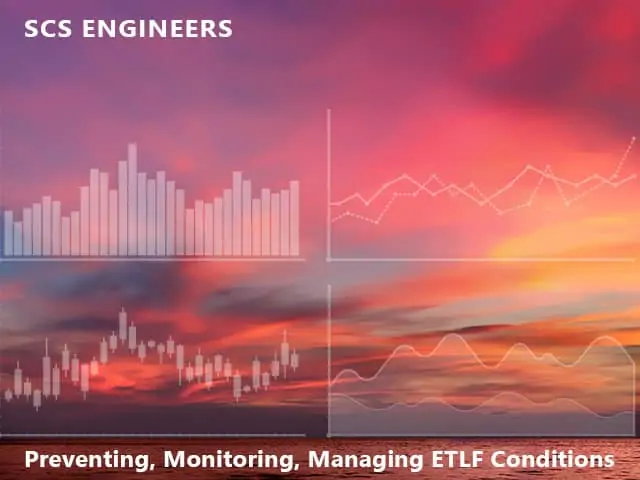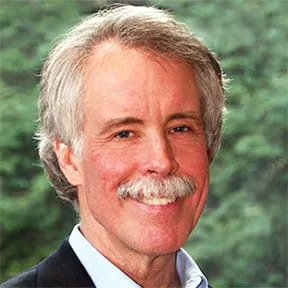


EREF, the Ohio EPA, and industry leaders will discuss the latest science, factors, and best practices around landfill instability. This session will include managing liquids and leachate and the practice of aqueous waste disposal in landfills.
The Summit will take place at the Marriott Columbus University Area in Columbus, Ohio, on September 1, 2021. As with many EREF events, this will likely fill to capacity quickly.
SCS Engineers President and CEO Jim Walsh will moderate the Elevated Temperature Landfills session. This informative session will include mechanisms contributing to elevated temperatures, modeling to predict and control those conditions, and monitoring and management. Mr. Walsh is well-regarded for his expertise with ETLF conditions. His firm, SCS Engineers, produces the technology used to monitor and manage over one-third of the landfills in the U.S., alerting operators of landfill conditions 24/7 in real-time.

About Jim Walsh: He is one of SCS’s National Experts on Elevated Temperature Landfills working at the forefront of sustainable solid waste management, sanitary landfills, and landfill gas (LFG) for more than 40 years. Mr. Walsh earned recognition as the Principal Investigator or Chief Engineer on over thirty dedicated landfill fire and elevated temperature landfill projects. He regularly guides landfill operators and the solid waste industry on how to avoid landfill fires. He has investigated landfill fires in-situ and developed management and mitigation programs to address landfill fires and related events when they do occur. He served on the Ohio EPA Committee to address landfill fires and elevated temperature landfills in the state and assisted in developing the Ohio EPA Guidance Document on the subject.
Waste Management & Research, August 1, 2016,
Authors:
Ravi Kadambala, SCS Engineers, Boca Raton, FL
Jon Powell, Gainesville, FL, USA
Karamjit Singh, Jacksonville, FL, USA
Timothy G Townsend, Gainesville, FL
Vertical liquids addition systems have been used at municipal landfills as a leachate management method and to enhance biostabilization of waste. Drawbacks of these systems include a limitation on pressurized injection and the occurrence of seepage. A novel vertical well system that employed buried wells constructed below a lift of compacted waste was operated for 153 days at a landfill in Florida, USA. The system included 54 wells installed in six clusters of nine wells connected with a horizontally oriented manifold system. A cumulative volume of 8430 m3 of leachate was added intermittently into the well clusters over the duration of the project with no incidence of surface seeps. Achievable average flow rates ranged from 9.3 × 10−4 m3 s−1 to 14.2 ×
10−4 m3 s−1, which was similar to or greater than flow rates achieved in a previous study
using traditional vertical wells at the same landfill site.
Read the entire white paper here…